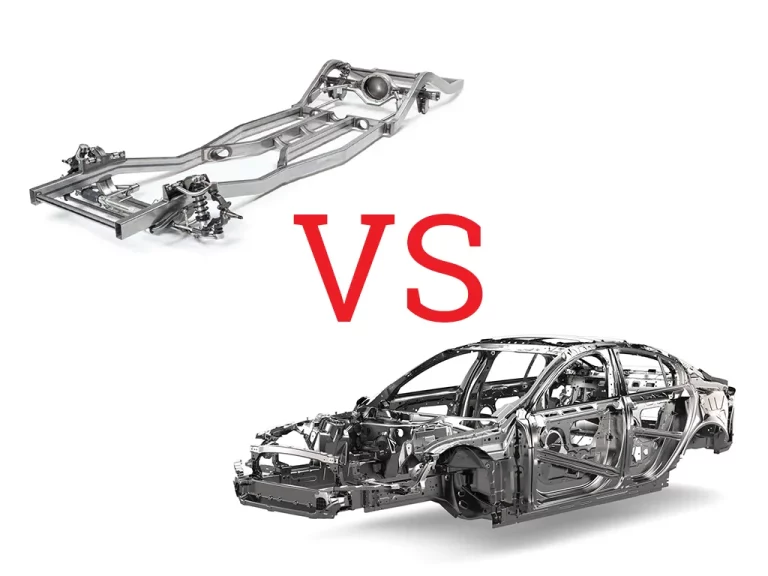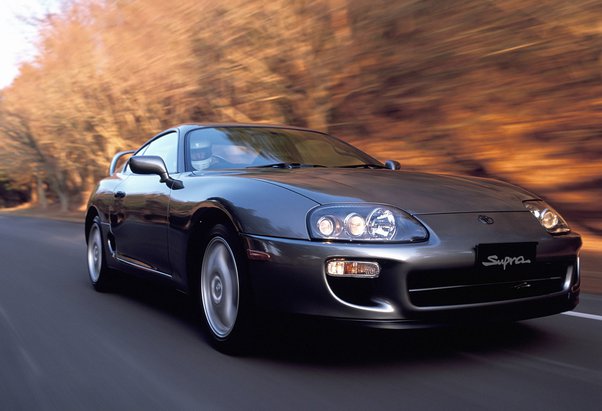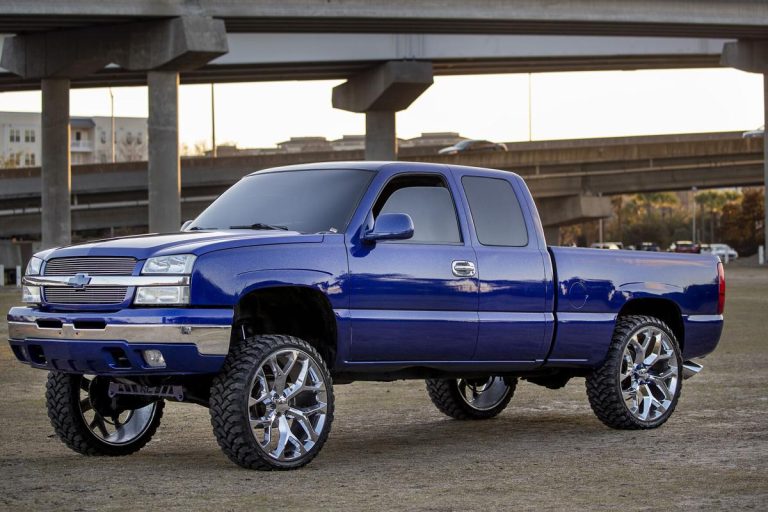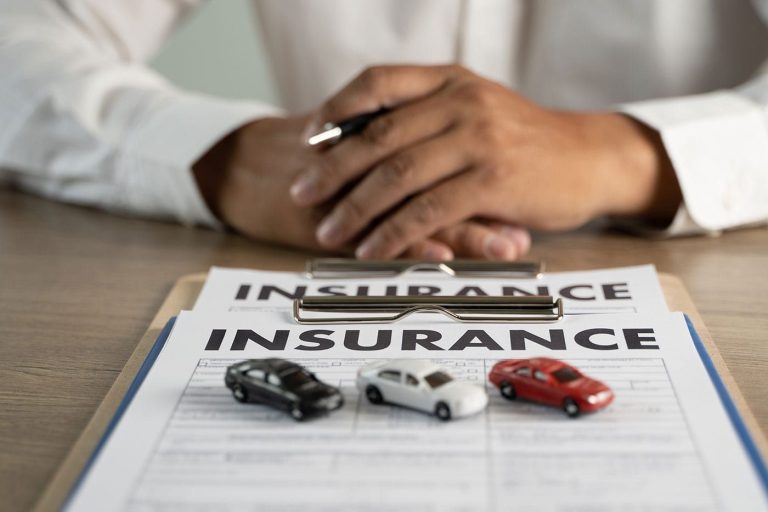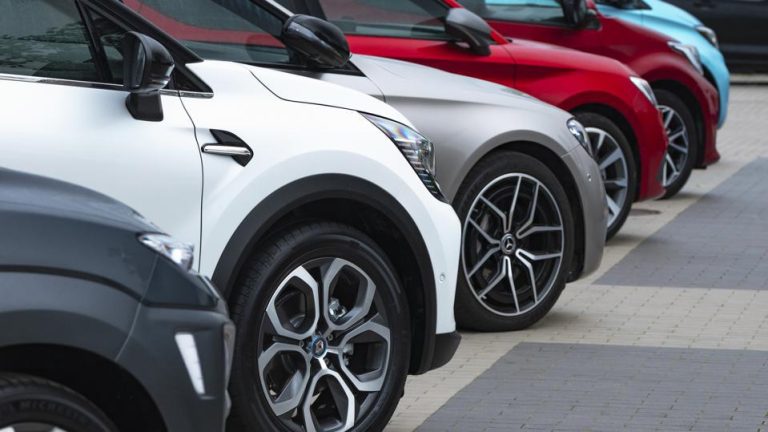10 Most Expensive States for Car Insurance
If you’re in the market for car insurance, you might be wondering which states have the highest rates. The cost of car insurance can vary greatly depending on where you live, with some states charging significantly more than others. In this post, we’ll take a look at the top 10 most expensive states for car insurance and explore some of the factors that contribute to these high rates.

Top 10 Most Expensive States for Car Insurance
Here is a list of the top 10 most expensive states for car insurance in 2024, along with some information on what makes them so costly.
1. New York – $4769
New York is the state with the highest car insurance premiums in the country. In 2024, the average annual premium for a full coverage policy was $4,769, which is 125% higher than the national average. One of the reasons for this high cost is the state’s no-fault insurance system, which requires drivers to carry personal injury protection (PIP) coverage. Additionally, New York has a high population density, which can lead to more accidents and claims.
2. Louisiana
Louisiana is the second most expensive state for car insurance, with an average annual premium of $3,618 for a full coverage policy. The state has a high rate of uninsured drivers, which can drive up costs for those who do have insurance. Louisiana also has a high number of accidents and claims, which can contribute to higher premiums.
3. Florida
Florida is the third most expensive state for car insurance, with an average annual premium of $3,945 for a full coverage policy. The state has a high number of uninsured drivers, which can lead to higher costs for those who do have insurance. Additionally, Florida has a high population density and a large number of tourists, which can increase the risk of accidents and claims.
4. Michigan
Michigan is the fourth most expensive state for car insurance, with an average annual premium of $3,607 for a full coverage policy. The state has a unique insurance system that requires drivers to carry unlimited personal injury protection (PIP) coverage. This can drive up costs for drivers, as well as for the insurance companies that offer coverage in the state.

5. Rhode Island
Rhode Island is the fifth most expensive state for car insurance, with an average annual premium of $3,491 for a full coverage policy. The state has a high population density, which can lead to more accidents and claims. Additionally, Rhode Island has a high number of uninsured drivers, which can drive up costs for those who do have insurance.
6. Connecticut
Connecticut is the sixth most expensive state for car insurance, with an average annual premium of $3,429 for a full coverage policy. The state has a high population density and a high number of accidents and claims, which can contribute to higher premiums. Additionally, Connecticut has a high cost of living, which can also drive up insurance costs.
7. Delaware
Delaware is the seventh most expensive state for car insurance, with an average annual premium of $3,357 for a full coverage policy. The state has a high number of accidents and claims, which can contribute to higher premiums. Additionally, Delaware has a high population density, which can increase the risk of accidents and claims.
8. New Jersey
New Jersey is the eighth most expensive state for car insurance, with an average annual premium of $3,299 for a full coverage policy. The state has a high population density and a high number of accidents and claims, which can drive up costs for drivers. Additionally, New Jersey has a no-fault insurance system, which requires drivers to carry personal injury protection (PIP) coverage.
9. Maryland
Maryland is the ninth most expensive state for car insurance, with an average annual premium of $3,294 for a full coverage policy. The state has a high population density and a high number of accidents and claims, which can contribute to higher premiums. Additionally, Maryland has a high cost of living, which can also drive up insurance costs.
10. Missouri
Missouri is the tenth most expensive state for car insurance, with an average annual premium of $2,801 for a full coverage policy. The state has seen a large increase in premiums over the past year, with a 44% rise in average annual full coverage car insurance premiums. This increase is due to a variety of factors, including a high number of accidents and claims, as well as a rise in the cost of medical care and auto repairs.
Factors Influencing Car Insurance Rates
When it comes to car insurance rates, there are a variety of factors that can influence how much you pay for coverage. Here are some of the most significant factors that can impact your car insurance rates:
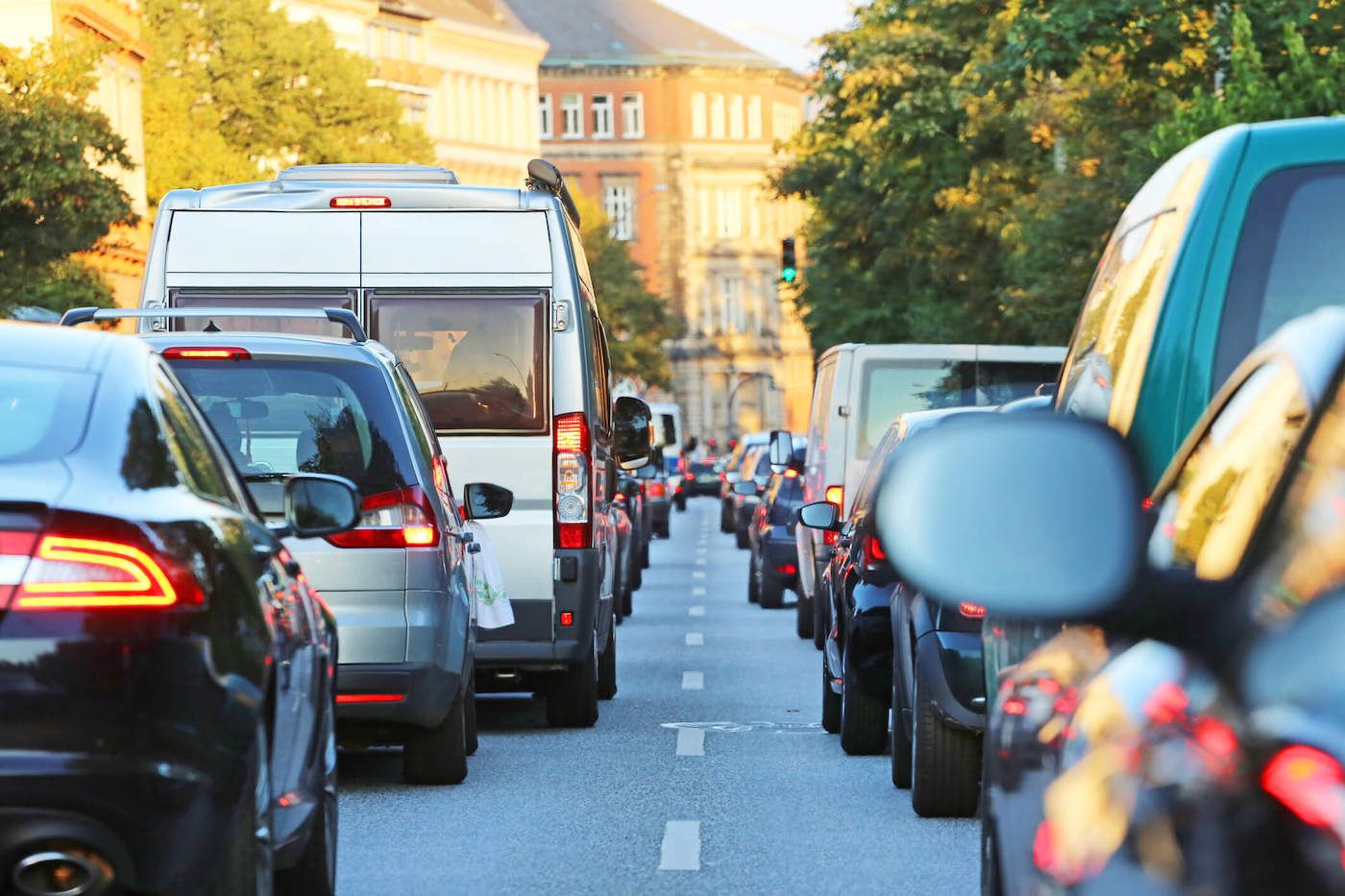
State Insurance Laws
One of the most significant factors that can influence car insurance rates is the state where you live. Each state has its own insurance laws and regulations, which can impact how much you pay for coverage. For example, some states require drivers to carry higher levels of liability coverage, which can lead to higher premiums. Additionally, some states have no-fault insurance laws, which can impact how claims are handled and may also impact rates.
Accident Rates
Another factor that can influence car insurance rates is the accident rate in your area. If you live in an area with a high rate of accidents, your insurance rates may be higher to reflect the increased risk. This is because insurance companies use statistical data to assess risk, and if you live in an area with a high accident rate, you may be considered a higher risk driver.
Vehicle Theft Rates
The theft rate for vehicles in your area can also impact your car insurance rates. If you live in an area with a high rate of vehicle thefts, your insurance rates may be higher to reflect the increased risk of theft. Insurance companies may also take into account the make and model of your vehicle, as some vehicles are more likely to be stolen than others.
Natural Disaster Risks
Finally, natural disaster risks can also impact your car insurance rates. If you live in an area that is prone to natural disasters like hurricanes, tornadoes, or earthquakes, your insurance rates may be higher to reflect the increased risk of damage to your vehicle. Additionally, if you live in an area with a high risk of flooding, you may need to purchase additional coverage to protect your vehicle from flood damage.
Overall, there are many factors that can influence car insurance rates, and it’s important to understand how these factors can impact your coverage and premiums. By understanding these factors, you can make informed decisions about your car insurance coverage and ensure that you have the protection you need at a price you can afford.
Frequently Asked Questions
How do car insurance rates compare across different states?
Car insurance rates can vary significantly from state to state, with some states being much more expensive than others. Factors that can affect car insurance rates include population density, crime rates, weather patterns, and state laws and regulations.
What factors contribute to higher car insurance costs in certain states?
Several factors can contribute to higher car insurance costs in certain states, including high population density, high rates of uninsured drivers, frequent accidents, extreme weather conditions, and state laws and regulations. Insurance companies also take into account the age, gender, and driving history of the policyholder when determining rates.
How do urban and rural areas differ in terms of car insurance rates?
Urban areas generally have higher car insurance rates than rural areas due to higher population density and higher rates of accidents. However, rural areas can also have higher rates if they have a high rate of uninsured drivers or if they are prone to extreme weather conditions such as tornadoes or hurricanes.

Hi! I’m Larry Gibbs, studying mechanical engineering with a focus on cars. I really love Ferraris and write blog posts about the latest car stuff. When not studying or blogging, I’m usually on a road trip exploring new places. I also enjoy playing football and watching movies. Life’s an adventure, and I’m all about enjoying the ride!

